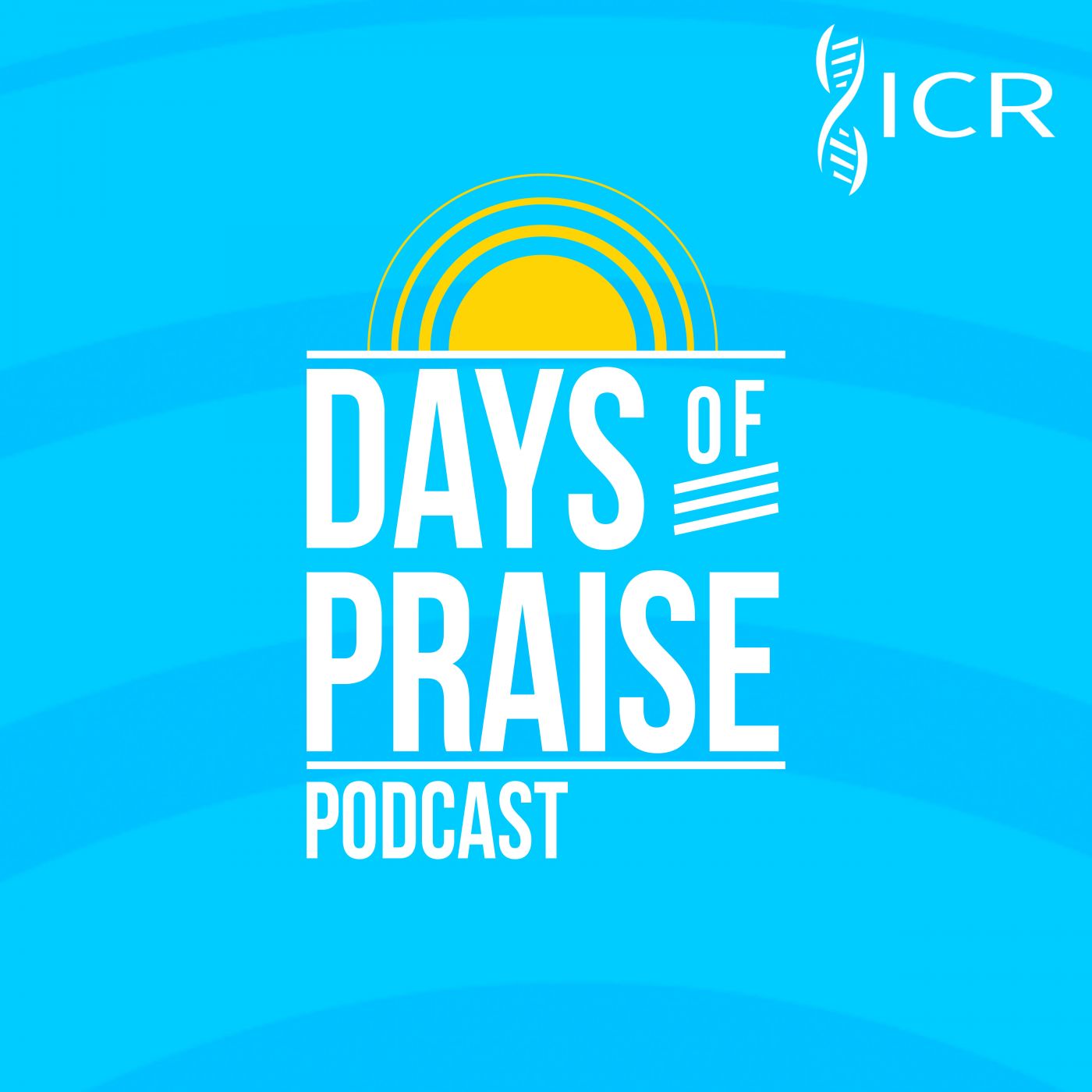“But let patience have her perfect work, that ye may be perfect and entire, wanting nothing.” (James 1:4)
Patience, or endurance, is part of the development that produces the experience that brings hope and assurance to those who are the twice-born (Romans 5:3-5). Patience is a discipline—a “work” that is necessary for our growth. Although such discipline never seems pleasant at the time, it is administered by our loving heavenly Father, who focuses His work on our spiritual maturity (Hebrews 12:5-8).
Our text contains several key aspects that promise victory through the process of learning patience. Wisdom is granted liberally as we ask for it during the testings that produce the “perfect work” (James 1:4) of patience. As those who love the Lord endure the testings that will surely come, the endurance practiced will produce a “crown of life” (James 1:12) as an eternal testimony to our patience.
Psalm 37 outlines the principles for gaining patience during this life. First, “trust in the LORD” (Psalm 37:3) and follow His leading in everything you do (Proverbs 3:5-10).
Second, delight in the Lord—get excited about Him (Psalm 37:4). That trait is amplified often in Psalm 119 (vv. 16, 24, 35, 47, 70, 174). Then, commit your way to the Lord (Psalm 37:5), becoming like a branch attached to the vine (John 15:4-7).
Finally, rest in the Lord (Psalm 37:7) and wait on Him (Psalm 37:34). That doesn’t mean just “hang around.” It means to be a fully prepared servant, waiting for his master’s orders to implement. The “profitable” servant (Luke 17:10) learns what his master wants and stands ready to respond to the needs of the Kingdom.
Patience is never obtained through bored indifference. HMM III
 Days of Praise Podcast is a podcast based on the Institute for Creation Research quarterly print devotional, Days of Praise. Start your day with devotional readings written by Dr. Henry Morris, Dr. Henry Morris III, Dr. John Morris, and others to strengthen and encourage you in your Christian faith.
Days of Praise Podcast is a podcast based on the Institute for Creation Research quarterly print devotional, Days of Praise. Start your day with devotional readings written by Dr. Henry Morris, Dr. Henry Morris III, Dr. John Morris, and others to strengthen and encourage you in your Christian faith.
























